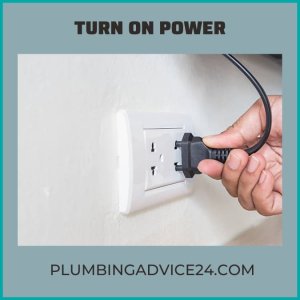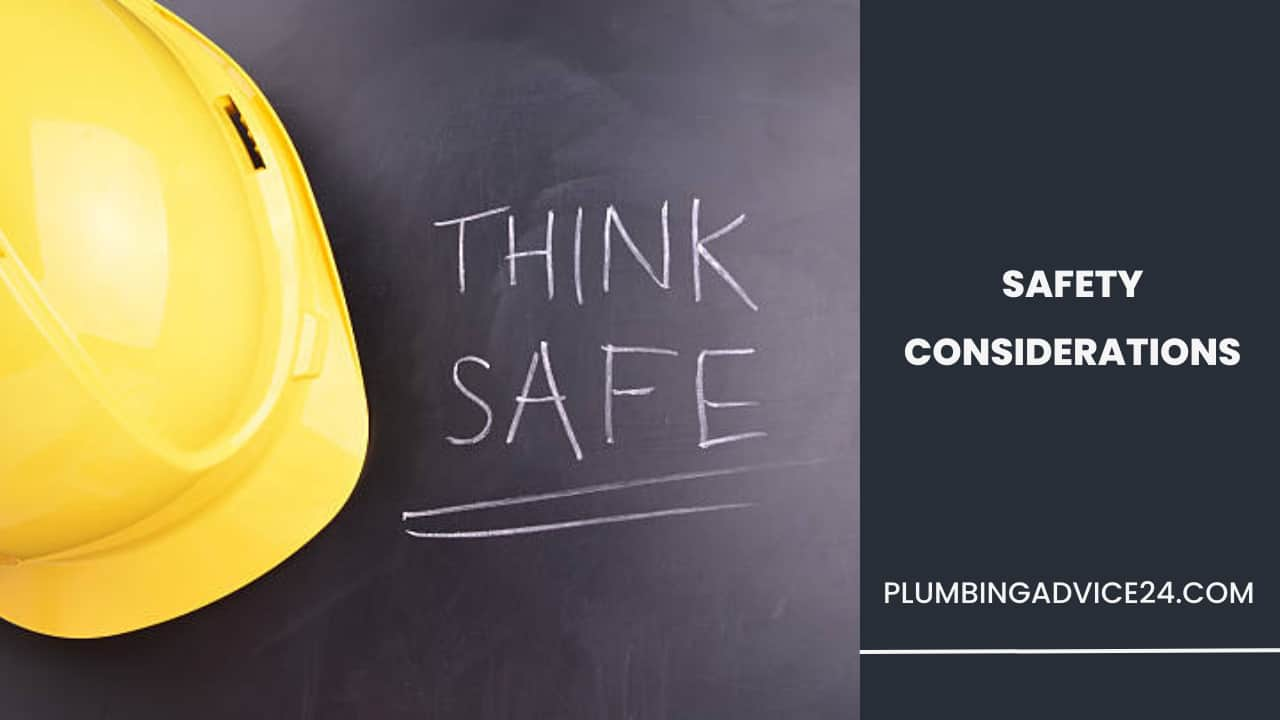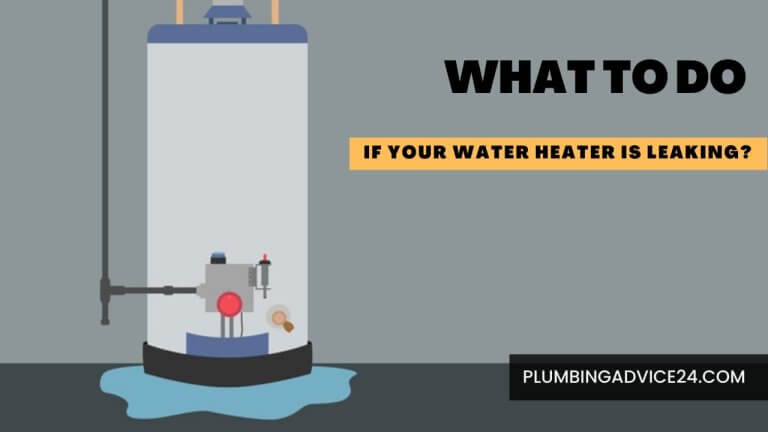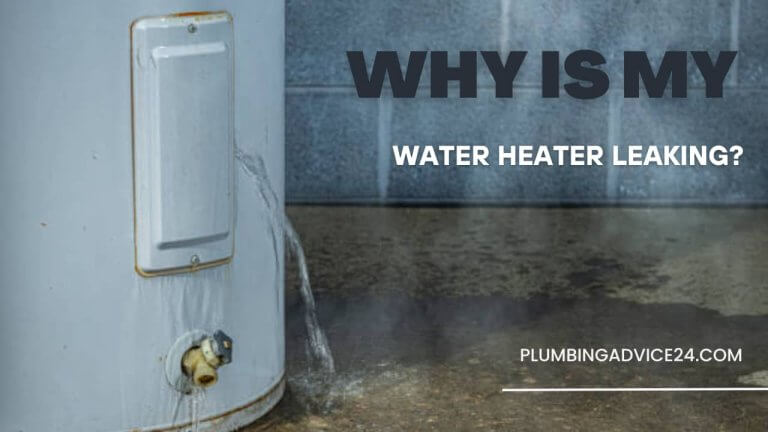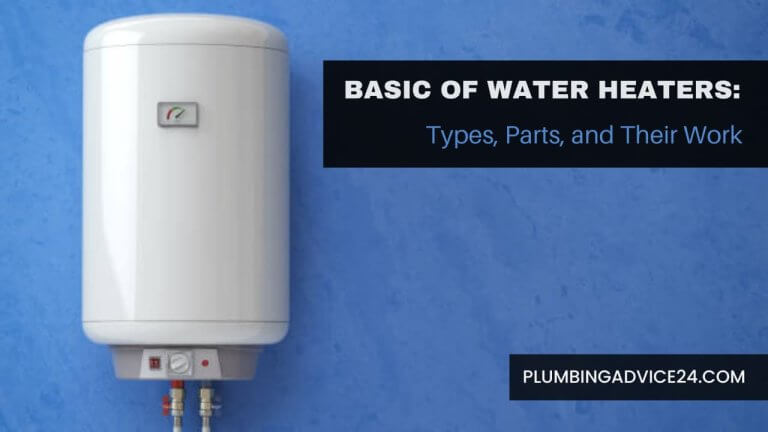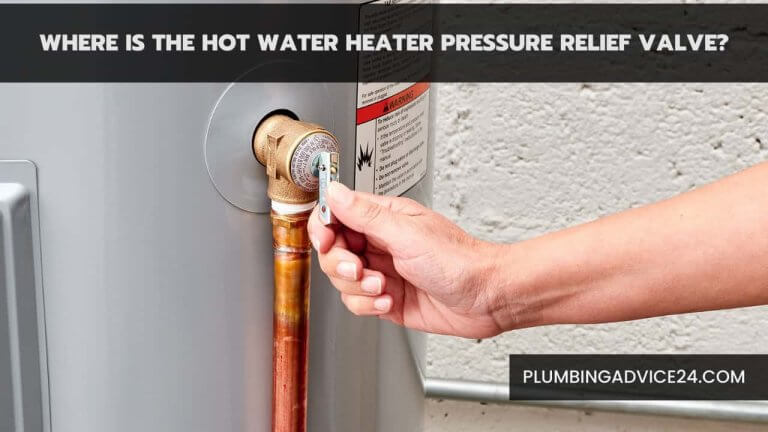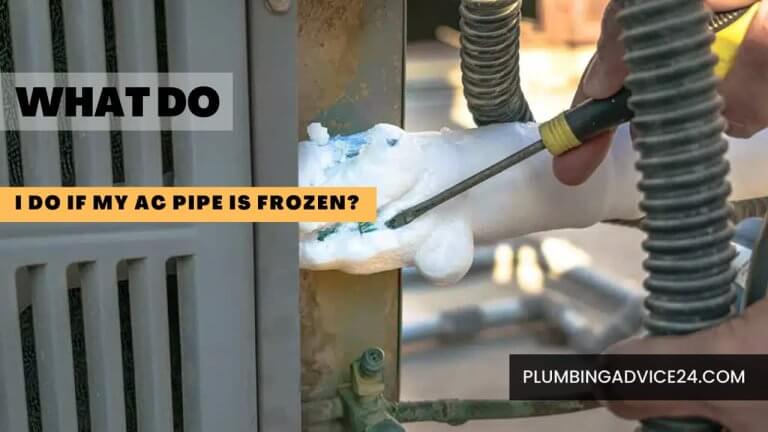How to Turn Up Your Water Heater
A water heater is an indispensable device because it makes it possible to take hot showers, cleanse utensils, and launder clothes. In contrast, you may need to increase the temperature of your water heater if you aren’t getting enough hot water or if the water isn’t heated enough. In this article, we will guide you on how to turn on your water heater.
Check the Manual
The first step in turning up your water heater is to check the manual. All water heaters are not created equal; their options and functions reflect this. Instructions for locating and adjusting the thermostat are included in the handbook. If you don’t want to ruin your water heater or cause any risk, follow the directions provided by the creator.
Manuals for most water heaters are available online if you know the type and manufacturer. Getting in touch with an electrician or HVAC expert might be in order if you feel uneasy about gaining entry to or changing the thermostat on your own.
Remove the Plug
Disrupting the electricity to the water heater before making any changes is imperative. Turn off the electrical switch for the water heater if it is electric. Shut off the gas spigot to the water heater if it runs on natural gas.
This is a necessary precaution to avoid electrical jolt or gas leakage, both of which can result in severe health problems or even death. Mark the gas switch as “do not turn on” or another warning, so nobody else turns it back on while you work on it.
Access the Temperature Controls
Discover the thermostat once the power has been cut. The water heater’s thermostat is typically situated on its front panel. You may need to remove a plate or cover to enter the settings. In some models, the water heater’s regulator controls the top and bottom stoves or heating elements; in others, the two zones have their controls.
Check the instructions or contact an expert if you need help figuring out what knobs and switches must be turned. Water heaters are delicate appliances, and tampering with the incorrect settings can result in costly repairs or even dangerous situations.
Adjust the Temperature
Adjust the thermostat with a flat-bladed tool and set it to the ideal temperature. The typical temperature range of a water heater is between ninety and sixty degrees Fahrenheit. It is often suggested because this range is between the temperatures needed for most domestic tasks without being so high as to burn or squander energy. In addition to increasing energy consumption, the warmth of your water heater increases the danger of burns and scalds.
If your water heater has two independent controls, one for each top and bottom heating component or stove, set them to the same temperature for uniform heating. Most modern tankless water heaters have computerized or touch-screen settings for the temperature. If you want to know how to set the thermostat, look in the guidebook.
Related Post : How to Light a Water Heater Pilot Light
Turn on Power
Power on after you’ve set the thermostat. For electric water heaters, the breaker must be switched on. Open the gas spigot to the water heater if it runs on natural gas. It’s important to check the stove and ensure the pilot light is on. Please give the water heater a few minutes to start heating the water again.
An electric water heater could take a few hours to boil the water to the ideal temperature. Gas water heaters tend to boil water more quickly, but you should give it a few minutes to get hot.
Check the Water Temperature
When the water heater has reached the intended temperature, check it by turning on a spigot. Let the water run for a few minutes for a more consistent and adequate temperature. If you need to check the weather, grab a thermometer. To avoid scalding or blisters, the water temperature shouldn’t go above 140 degrees Fahrenheit. Follow these steps again to fine-tune the temperature settings if the water is too hot or cold.
Consider Energy Efficiency
It may be enticing to crank the thermostat to its highest level, but doing so would waste energy. Higher temps directly correlate to the cost of heating and cooling a home. A further issue is that burning is more likely to occur at higher temps, which is particularly dangerous for young children and the aged.
Dropping the thermostat between 120 and 130 degrees Fahrenheit can save much money on utility bills. Still, plenty heated for most applications, but with less energy consumption and less chance of burning, this is a better option. Insulating your heater and pipelines can save money and decrease energy waste.
Safety Considerations
Turning up your water heater can improve your comfort and convenience, but following safety guidelines to avoid injuries or damage is important. Here are some important things to keep in mind about safety:
- Always turn off the power before making any adjustments to your water heater.
- Use a flathead screwdriver to adjust the temperature controls.
- Label or mark the circuit breaker or gas valve as “do not turn on.”
- Avoid setting the temperature too high to prevent scalding or burns.
- Inspect your water heater regularly for leaks, corrosion, or other damages.
- Call a professional plumber or HVAC technician if you’re not comfortable making adjustments yourself.
Conclusion:
A simple and effective way to supply more hot water to your home is to raise the temperature of your water heater. You can personalize your water heater and have hot water whenever you need it if you carefully follow the instructions in this article and keep safety in mind at all times. Ensure the water is at the appropriate temperature before using the device, turn off the power, and set the control as directed. Doing this will improve your performance and increase efficiency while reducing energy costs.
Related Post : Basic of Water Heaters: Types, Parts, and Their Work
Is 130 Too Hot for Water Heater?
A temperature of 130 degrees Fahrenheit is generally considered safe and appropriate for most residential hot water uses. But, water at this temperature can burn, especially children, the elderly, or individuals with sensitive skin. In addition, higher temperature settings can increase energy consumption and utility bills.
Why Is My Hot Water Only Warm?
As water collects inside your hot water heater for heating, debris in the water—such as sand, dirt, and minerals—settles to the bottom of the tank. As particles collect at the bottom of the tank, the water heater cannot heat your water efficiently, resulting in only lukewarm water.
What Is the Best Temperature for a Hot Water Heater?
The best temperature for a hot water heater depends on your household’s specific needs and preferences. However, a temperature setting between 120 and 130 degrees Fahrenheit is generally considered safe and suitable for most residential hot water applications.
Why Does My Hot Water Run Out So Fast?
If your hot water runs out too quickly, too much hot water demand from multiple sources at once, or a broken dip tube may be to blame.
If You Liked This Post? So Share It with Your Friends
Suggested Articles:





